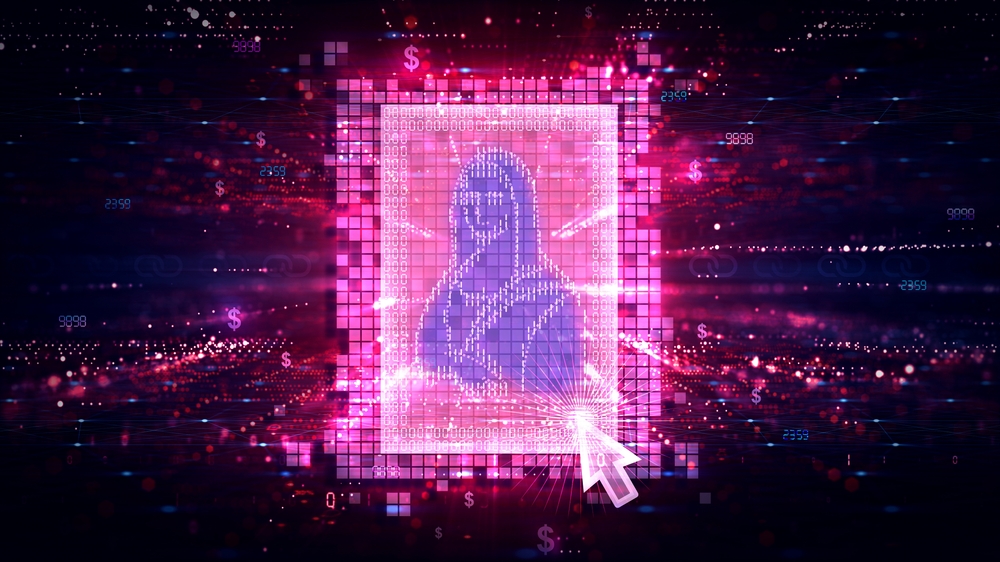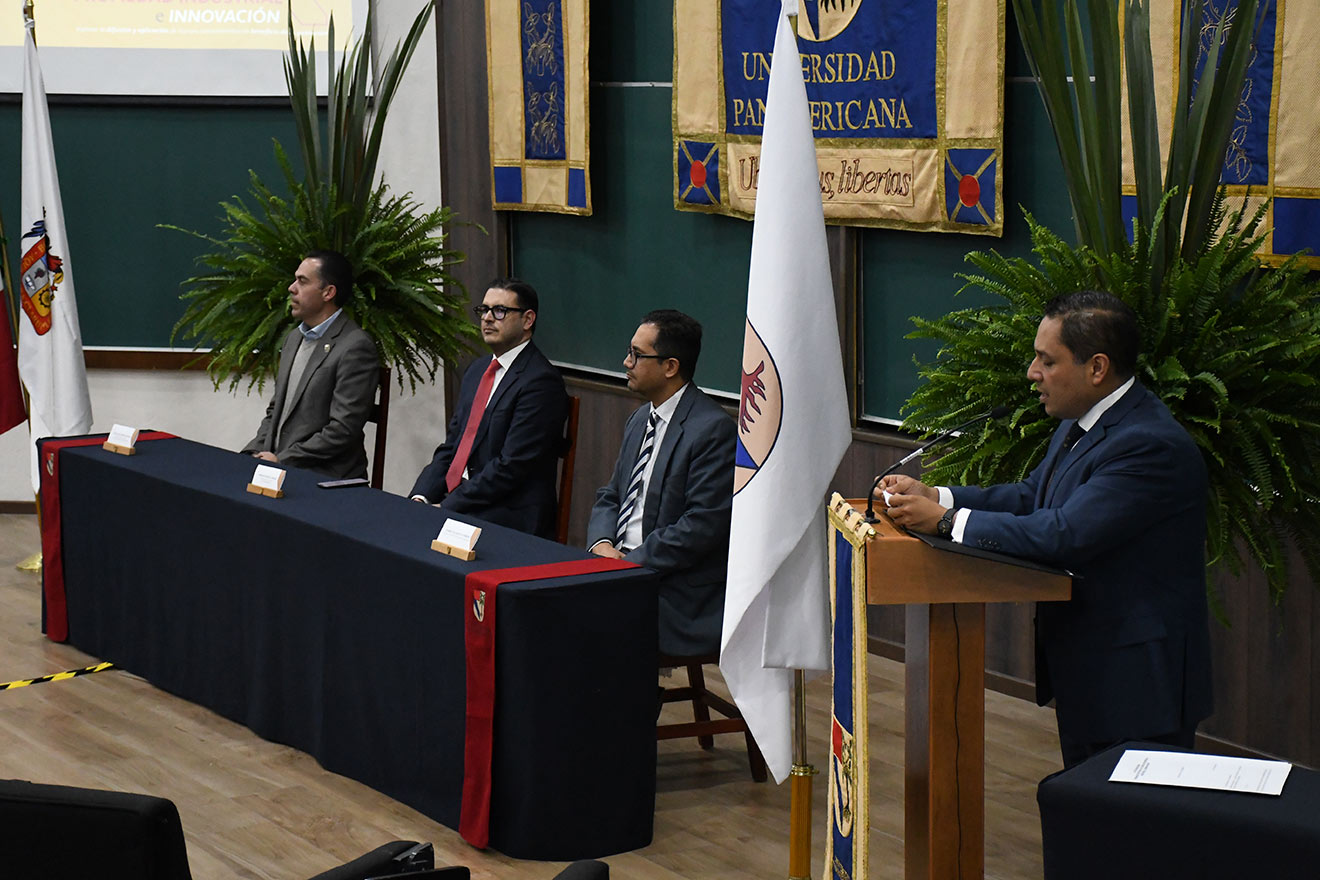Are you ready for the metaverse yet? What movie did your streaming platform recommend today? Have you already invested in NFTs? Today’s technological trends seem both attractive and unrealistic, and we seem to believe they bring improvements to our daily actions.
The metaverse, for example, is a new technological promise land with a virtual world in simulated environments where users can interact and share their experiences in real time, thus extending physical reality. This new way of relating opens up possibilities for remote work, concert attendance, games and communication with others— all without going to another place, taking advantage of this technology’s hyper-connectivity and flexibility.
In another context, automating data processes based on artificial intelligence (AI) and machine learning gives rise to applications such as recommendation systems for series and movies, people searches, as well as those that look for objects and places, in images, suggestions on social networks, systems for the administration of bank credits, the detection of fraud in electronic commerce, among many others.
Another example of emerging technologies includes non-fungible tokens (NFTs), which allow images and digital works of art to be authenticated by generating blockchains that record transactions.
All these technological trends offer us connectivity, interactivity, communication, easier processes, entertainment, security, etc. However, they all imply the excessive use of computer-based resources and thus increased use of data centers that are constantly turned on, consuming large amounts of electrical energy, which translates into a negative environmental impact.

Environmental footprint
Not surprisingly, the metaverse consumes vast amounts of energy to generate 3D scenarios, ensure avatars are simulated in real time, secure user transactions and interactions through redundancies and other tools. For now, the metaverse remains a promise; however, a 2020 studied conducted by researchers at the University of Lancaster estimates a 30% increase in carbon emissions by 2030 due to the use of cloud computing, a vital tool for the metaverse. For comparison, a metaverse-like app from 2003 called Second Life consumed about 60,000 kilowatts per hour, which puts into perspective the possible ecological footprint of the metaverse.
AI is similar. A 2019 study from the University of Massachusetts Amherst estimates that training AI models impacts the carbon footprint (284 tons) up to five times more than the use of a private car. For its part, the carbon footprint of NFTs is proportional to the number of times it replicates. For example, an analysis carried out by cryptocurrency expert Memo Atken demonstrates that an artist generated a NFT with 1,500 copies, producing 163 tons of carbon dioxide, which is equivalent to the average electricity consumption of a European citizen over 77 years.
As can be seen, emerging technologies offer substantial improvements to our day-to-day activities and processes; yet, their use involves computer-based tasks that result in excessive electricity consumption, which, in turn, leads to an excessive carbon footprint. Large companies that use or plan to offer services with this type of technology are researching new ways to optimize energy resources, including the implementation of renewable energy sources.
For now, these technologies’ long term environmental impact is still unknown, but being aware of what is behind them, as well as how they operate and use resources, is important to consider when using them and other technologies. As far as the metaverse, AI and NFTs, we know they have the potential to leave a huge carbon footprint in the near future; if we are interested in continuing to enjoy their benefits, it is worth asking ourselves the following question: How can we enjoy these technologies without negatively impacting the environment?

Author:
Dr. Hiram Ponce Espinosa, School of Engineering
SNI level I
hponce@up.edu.mx








